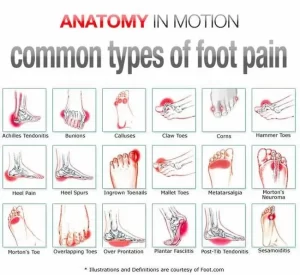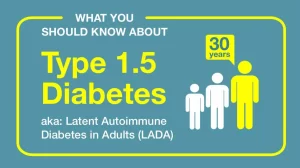The Faces of Autism
By David Triana
Autism does not discriminate based on race, ethnicity, nor on social or educational status. The “Faces of Autism” are white, brown, black, yellow, red, etc. Since I first entered the “world of Autism” and involved in related organizations, I have met Hispanics, Caucasians, Muslims, Catholics, Protestants, girls/boys, adults, rich ones, middle class ones, poor ones…all kinds of people affected by it.
The statistics are incredible…1 in 69 children are diagnosed with Autism. That means that we currently have 1 to 1.2 million individuals under the age of 21 in the United States who have been diagnosed with Autism!
April is “Autism Awareness Month”. But, what is Autism? To better explain it, it is sometimes easier to start by saying “what Autism IS NOT!”
It IS NOT a physical or mental illness. It is a neurological condition that affects the brain in a physical and chemical manner. It is a complex developmental disability that affects verbal and non-verbal communication, social interaction and occurs in both boys and girls.
Individuals with Autism generally exhibit at least half of the characteristics within the following list and the symptoms can vary from mild to severe and may vary in intensity:
- Difficulty in socializing with other children
- Insisting in sameness and resistance to change
- Smiles or laughs at inappropriate times
- Ha no real fear to dangers
- Little or no eye contact
- Apparent insensitivity to pain
- Echolalia (repeats words and phrases instead of having normal language)
- Prefers to be alone, possesses a reserved manner/personality
- A lot or little physical activity manifested by the extreme
- Has temper tantrums (meltdowns): exhibits angst without an apparent reason
- Does not respond to verbal directions, acts as if he/she was deaf
- Inappropriate attachment to certain objects
- Difficulty in expressing his/her needs, uses facial expression or points at things
To learn more on Autism, access the sites listed within the Spanish version of this article.


